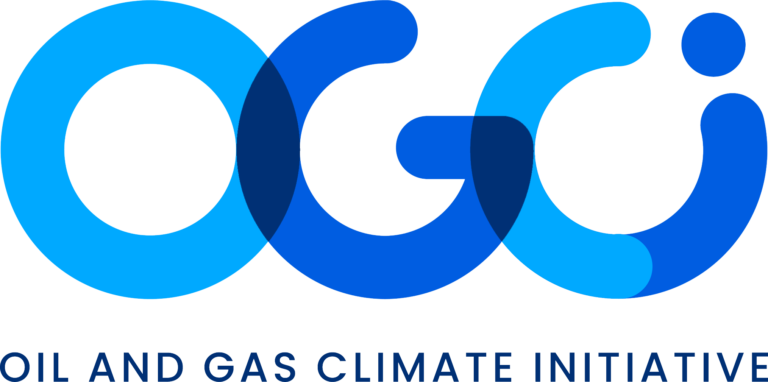Methane venting from uncontrolled production storage tanks at conventional oil wells: Temporal variability, root causes, and implications for measurement
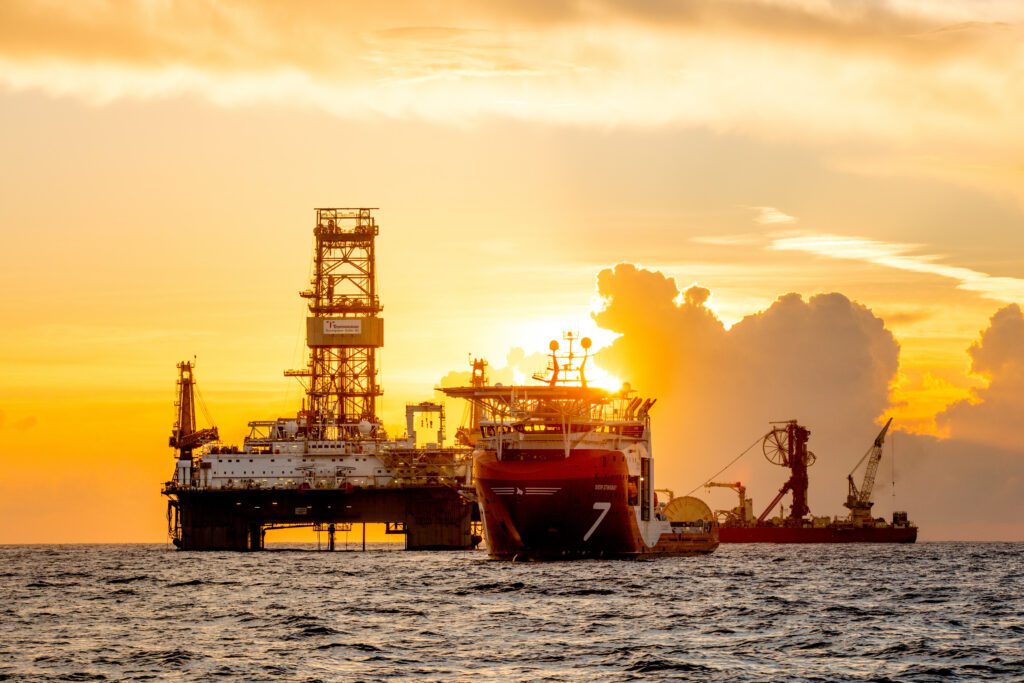
Emissions from uncontrolled oil production storage tanks are poorly understood and characterized. This study reports and analyzes directly measured, temporally varying methane emission rates, total gas vent rates, and vent gas methane fractions from storage tanks at eight active upstream oil production sites in Alberta, Canada. Detailed statistical analyses were completed to suggest minimum sampling […]
Reducing methane emissions: Best practice guide – pneumatic devices
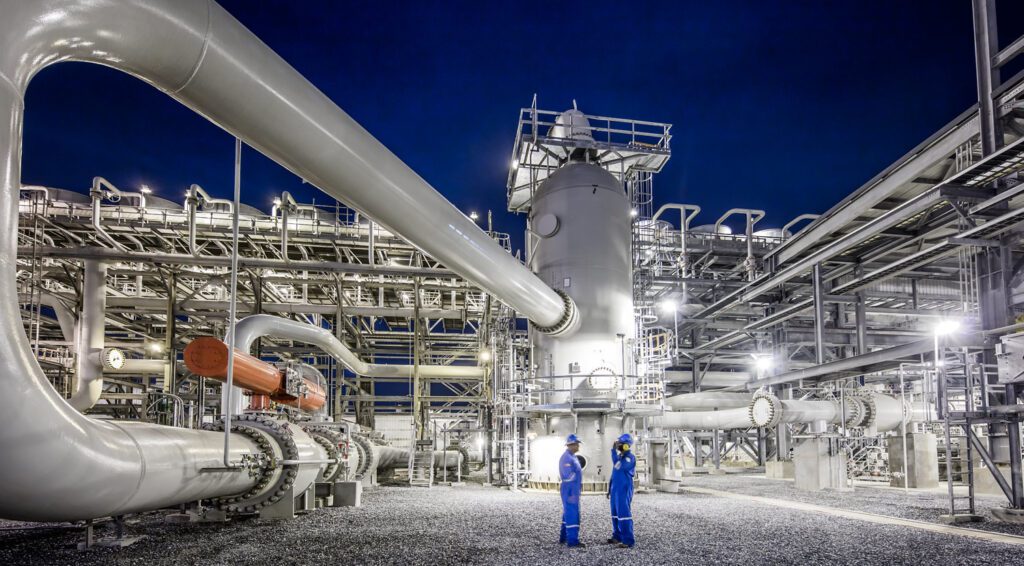
This document provides best practices for reducing or eliminating methane emissions from pneumatic devices. The guide outlines methods such as replacing pneumatic devices with electrical or mechanical alternatives, using compressed air instead of natural gas, capturing vented gas, or switching to low-bleed devices. It also emphasizes regular inspections and repairs of devices with higher-than-expected emissions. […]
Reducing methane emissions: Best practice guide – flaring
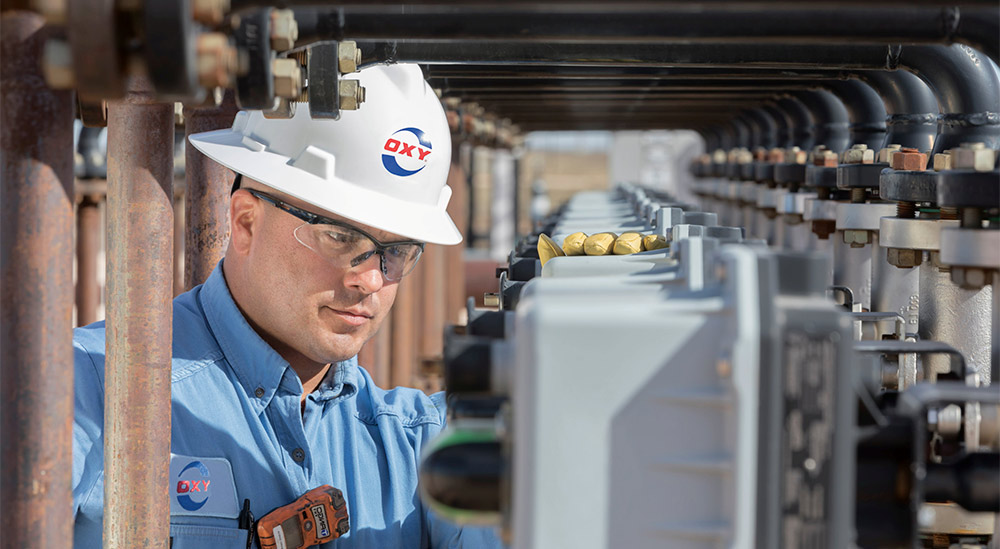
This best practice guide outlines strategies for flare abatement, including preventing waste gas production, recovering gas for sale, re-injecting gas into reservoirs, or using waste gas for power generation. For unavoidable flaring, it recommends enhancing flare efficiency to reduce methane emissions, offering practical solutions to improve environmental performance and operational sustainability.
Methane Flaring Toolkit
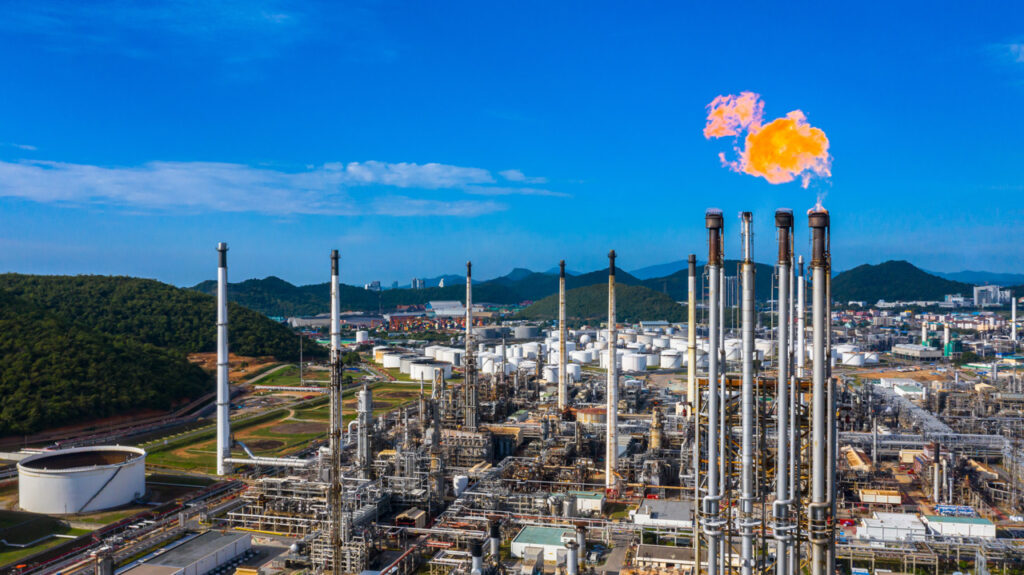
The Methane Flaring Toolkit offers practical guidance on measuring and monitoring methane emissions from gas flares in the oil and gas industry. It provides a comprehensive overview of the challenges involved in understanding, measuring, and reducing methane emissions. The toolkit includes tailored technology solutions for different flare types and locations, and enables users to download […]
Guidelines for design and operations to minimize/avoid flaring sources
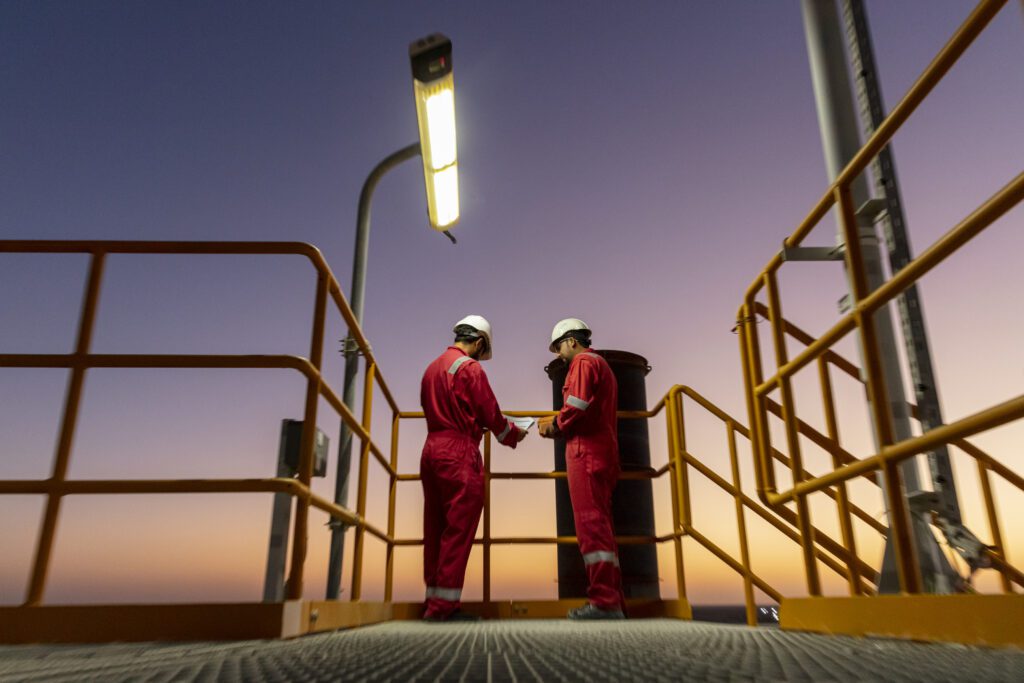
This report provides practical guidance for designing and implementing solutions to minimize or eliminate flared gas in the upstream oil and gas industry. It covers strategies for reducing flaring volumes, offering actionable insights to improve operational efficiency and environmental performance.
Guidelines for design and operation of flare gas recovery systems
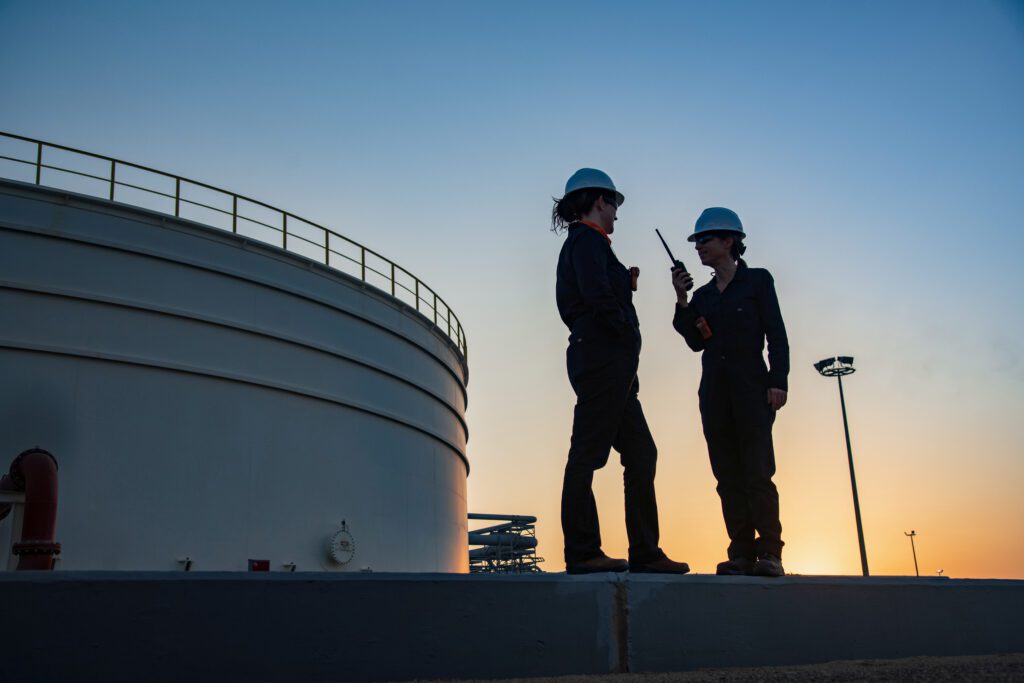
Guidelines focus on continuous flaring sources in normal operations and address measures for source recovery, flare closure, and flare ignition. This Report has been developed to assist engineering and operations staff at production, refining, and petrochemical owners and operators, and engineering staff at design consultancies and at engineering, procurement, and construction contractors.
Flaring management guidance – a summary
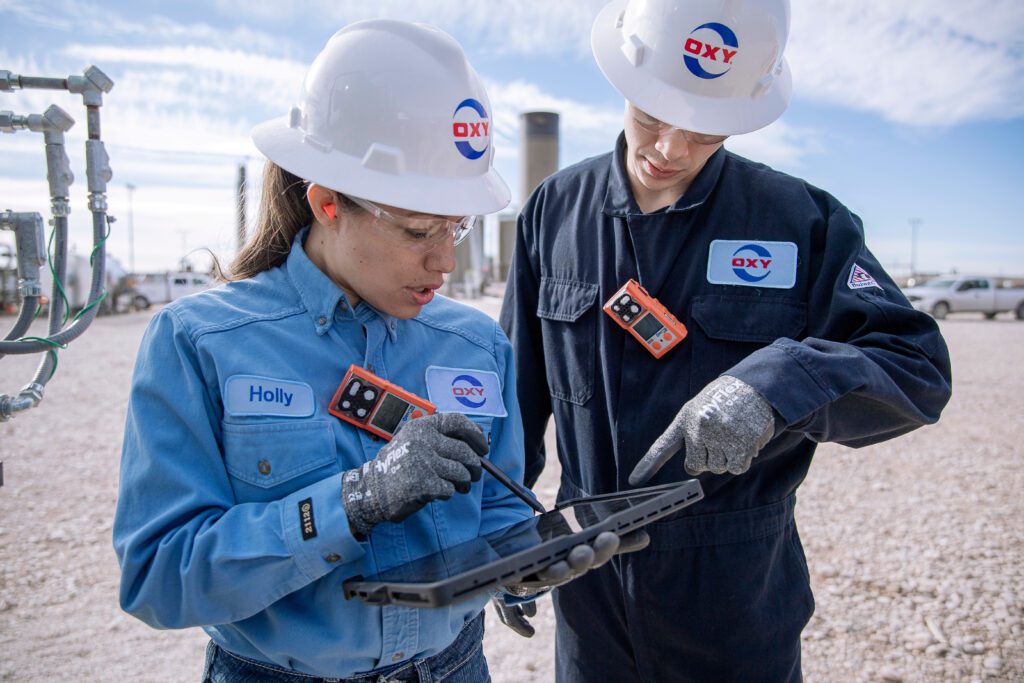
Flaring management guidance, developed by Ipieca, IOGP and GGFR in partnership, outlines new developments in flaring management and reduction, and examines industry experiences with eliminating flaring, new technologies, business models, operational improvements and regulatory policy. It also features case studies and examples of positive change.
Reducing methane emissions: Energy use
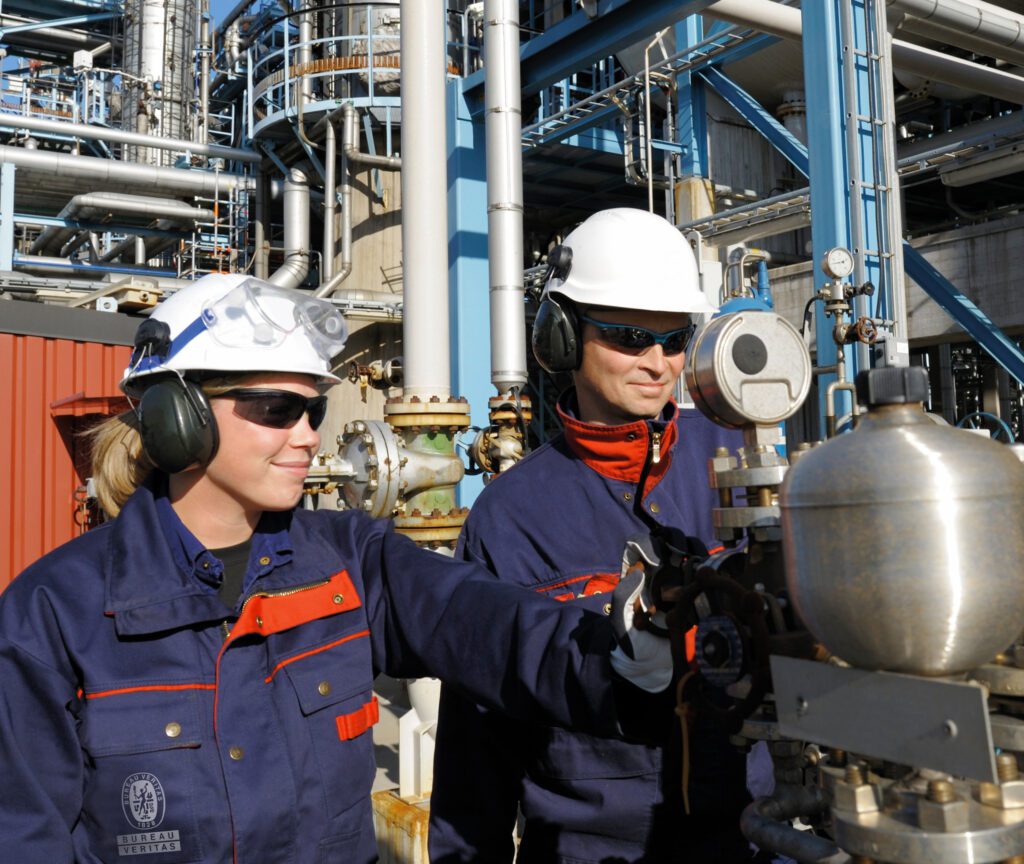
This document provides guidance on reducing methane emissions from the use of natural gas as fuel in oil and gas operations. Methane slip, the unburned methane released from combustion engines, is a key emission source. While generally small, it can be significant in areas with high natural gas usage. The guide emphasizes best practices for […]
Methane exhaust measurements at US gathering compressor stations
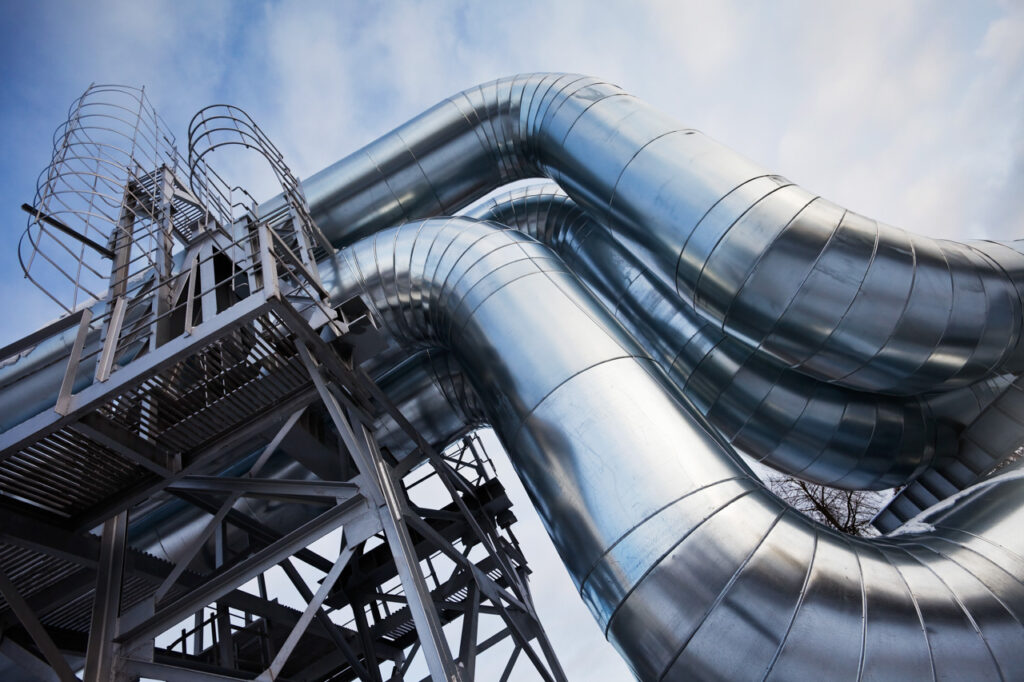
This study measured methane emissions from internal combustion engines used in natural gas compression at U.S. gathering and boosting stations. Researchers sampled 133 engines from 67 facilities across 11 states. Using a in-stack tracer gas method, they estimated combustion slip (methane that escapes during the combustion process) under normal conditions. The data was then used […]
Where the methane is – insights from novel airborne LiDAR measurements combined with ground survey data
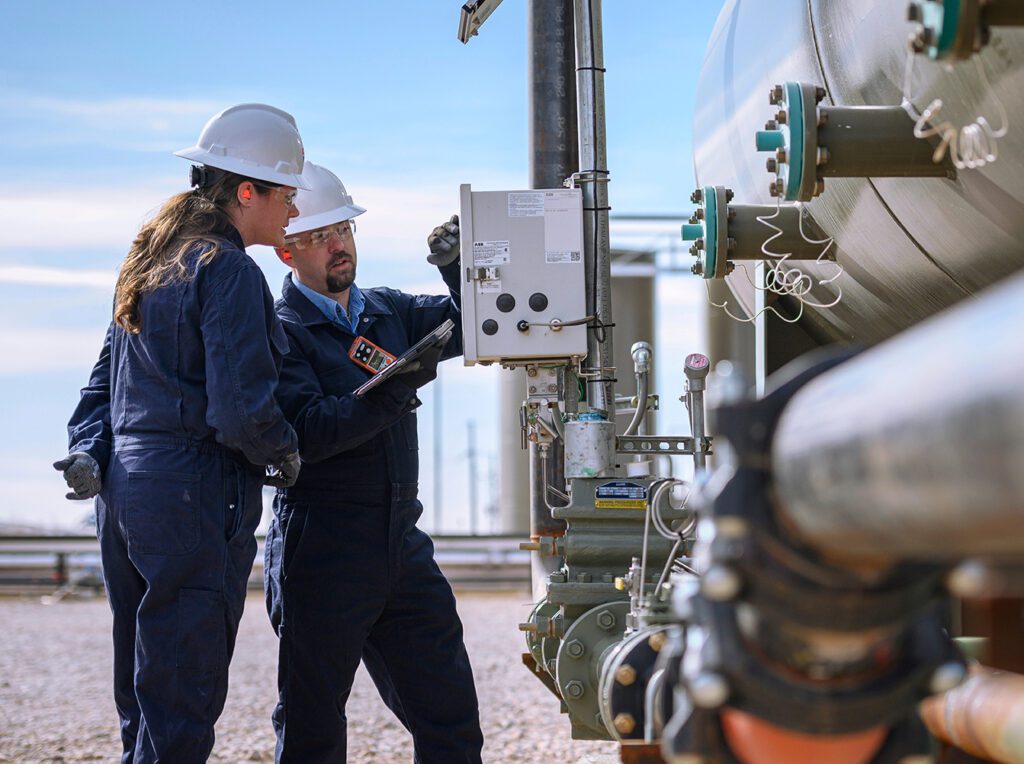
This study combines airborne LiDAR measurements, parallel controlled releases, and on-site optical gas imaging (OGI) survey and pneumatic device count data to derive a new measurement-based methane inventory for oil and gas facilities in British Columbia, Canada. Results reveal a surprising distinction between the higher magnitudes, different types, and smaller number of sources seen by […]
